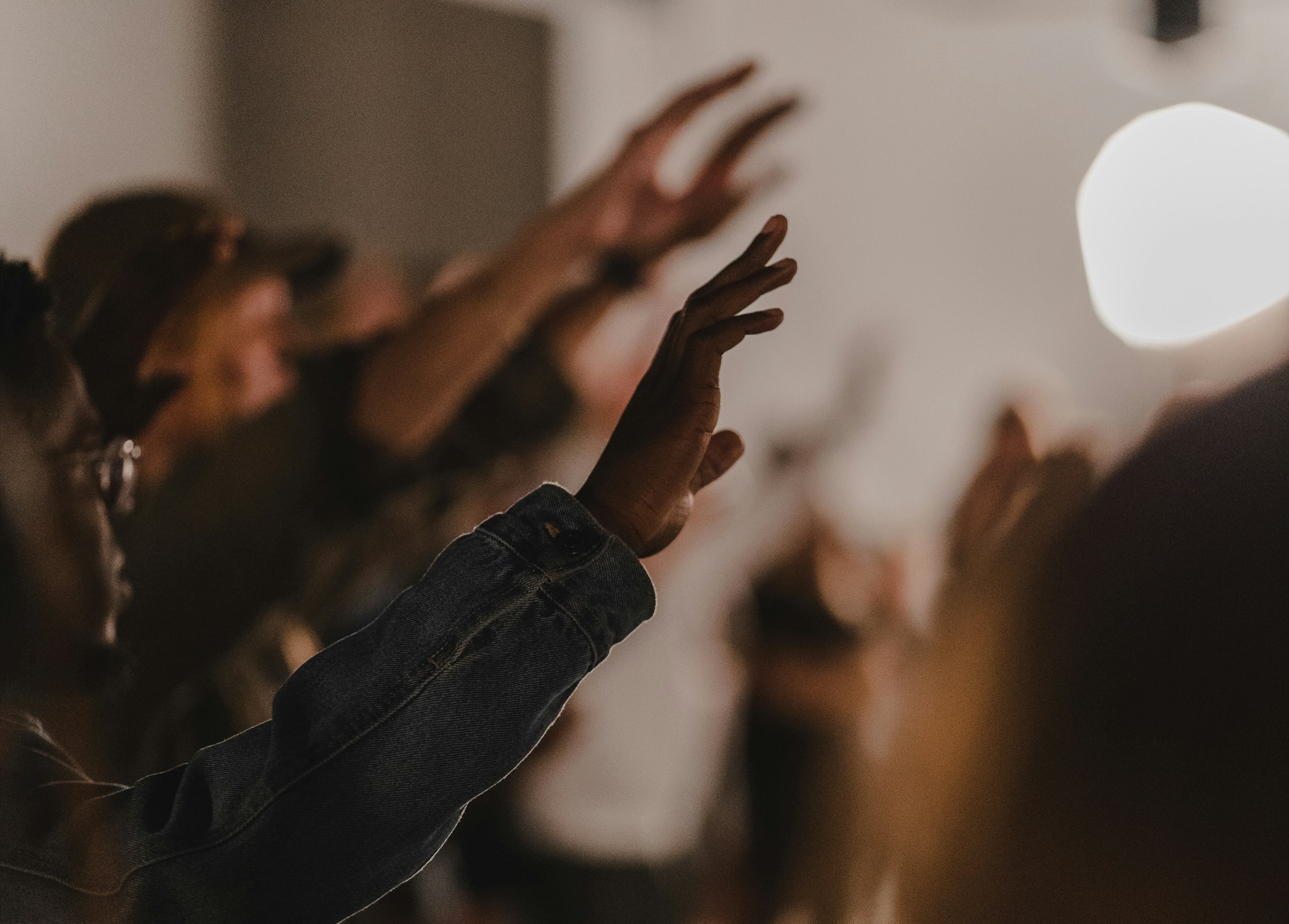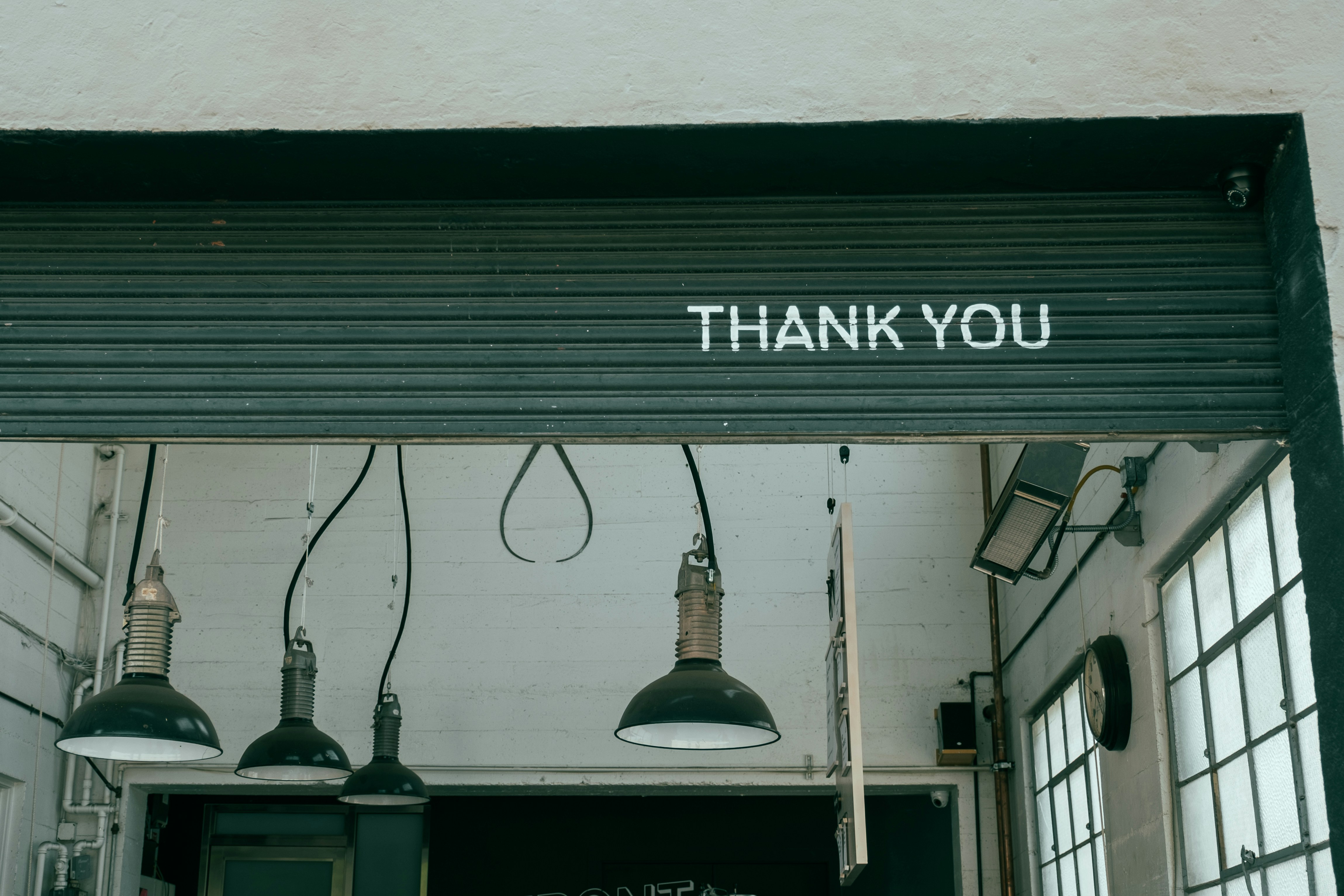To this day, Katherine (my wife) bears many scars from all the wounds that saved her life and brought her healing (after her stroke). Some are quite visible, like the trach scar centered just above her collarbones. Others are less visible, like her oldest and most impressive one, which runs from the top of her backbone to the base of her skull. It looks like railroad tracks up her neck and through her hair, from where her bleeding brain was exposed during the lifesaving surgery. "Scars mean you lived." Katherine always says matter-of-factly. We never considered having them "fixed," but we did live in LA after all. I'm sure we could have covered up those reminders of the wounding. But in so doing, we would have covered up the reminders of the healing too.
In his letter to the Corinthians, Paul, who was afflicted with his own persistent disability—maybe even vision problems—and tremendous lifelong suffering of all kinds, declared that God's works aren't displayed only in the fruition of a hoped-for outcome—healing of the weakness of pain—but rather that
God's works and His power are most evident in the weakness itself: "My [Jesus'] grace is sufficient for you, for my power is made perfect in weakness" (2 Corinthians 12:9).
If our weakness is not entirely apparent, then God's strength will not be entirely apparent either. God's works are powerfully evident in His healing of our hurts, but perhaps even more profoundly in the not-yet healing. That's why how we suffer matters. Suffering strong offers a unique testimony to all who witness it, unveiling an "in the midst of" God who is too big and too good not to be worshiped, whether or not our longed-for outcome materializes.
"God allows what He hates to accomplish what He loves?" says our dear friend Joni Eareckson Tada, a woman who has lived with quadriplegia since a diving accident more than fifty years ago. Those words have brought healing to our hearts, yet to some this proclamation may come across as painfully disorienting. Why would God allow awful things? Why would He wound us? Doesn't that mean He's somehow complicit in our suffering? That He wants us to suffer? I guess it would if God were bound by our understanding of complicity, by our cause-and-effect logic, by the confines of the story we can see; but He is not. Yes, He allows kids to be born blind and young women to nearly die and all kinds of horrible things to happen. But these wounds have His glory all over them. Our sufferings display His works unlike anything else in our humanity. And unlike us, whose vision is so limited, God sees a bigger-picture love coming behind our suffering, through it and all around it. While pain may be all we can see right now, in the not-too-distant future we'll see only love.
Quite beautifully, scars can also lead to deep communion between fellow sufferers. For us, a trach scar sighting on a stranger in the grocery store may as well be a neon sign over their head. Katherine, especially, never misses a chance to say hello. I see you. What's your story? I'm so sorry. Here's my story. Me too. Scars are visible reminders of an invisible grace, and we can be those reminders for each other.
At a retreat called Seasons Weekend, we ended our time of intensely healing reflection by making small pieces of pottery that represented the bond we experienced in suffering together and in suffering with a God who suffers too. It was a profoundly meaningful exercise. I will never forget how one friend's would-be pottery "cup of suffering" unmistakably resembled a hard taco shell. She may have felt slightly shamed at the group's unanimous and uncontrollable laughter over her art. If she had dreams of being a ceramicist, we may have shut those down. But we lovingly reminded her that she'd never have to eat that taco full of suffering alone. And then we all died laughing again. It was good medicine—healing in every way.
Jesus invited His disciples into an even more amazing encounter with Him. When He appeared to His friends after His death, He had resurrected into a never-going-to-die version of Himself.
Yet there was a startling detail to that version, a detail no one would have thought of as perfect. His resurrected body still bore those horrible scars, those terrible reminders of what had happened to Him at the end. Were the scars only there so His disciples would recognize Him? Is He the only one with scars in heaven? I guess we'll see one day, but for now, that image reminds us that one of the final pictures Jesus left us of Himself included the scars that healed the world. Love is His end goal, but sacrifice and scars are the means to that end.
Any human with a heart, especially one that's been broken, longs for healing-healing for themselves and healing for the world. Yet our individual paths to healing, like the paths to every priceless thing, can be as varied as the human hearts seeking it. A friend lovingly pointed out that the scar on Katherine's knee where a metal rod was inserted after she badly broke her leg is in the shape of an anchor, the ancient symbol of hope and the symbol that brands our ministry, Hope Heals. Our scars tell stories, whether we want to hear them or not. More than tattoos, which we get to choose to tell a story on our bodies, scars are the story we receive about the life we're still living. We've all got scars, if nowhere else than on our hearts. When we reveal our scars to ourselves and to others, they act as a sort of sacrament, which is to say they are an outward symbol of an inner experience. They are Ebenezers of just how far God has brought us and thus how far He will take us. They mean we lived. Now we have to figure out what we are living for.
Adapted from “Suffer Strong: How to Survive Anything by Redefining Everything." Copyright ©2020 by Katherine and Jay Wolf. Used by permission of Thomas Nelson. Click here to grab a copy.


